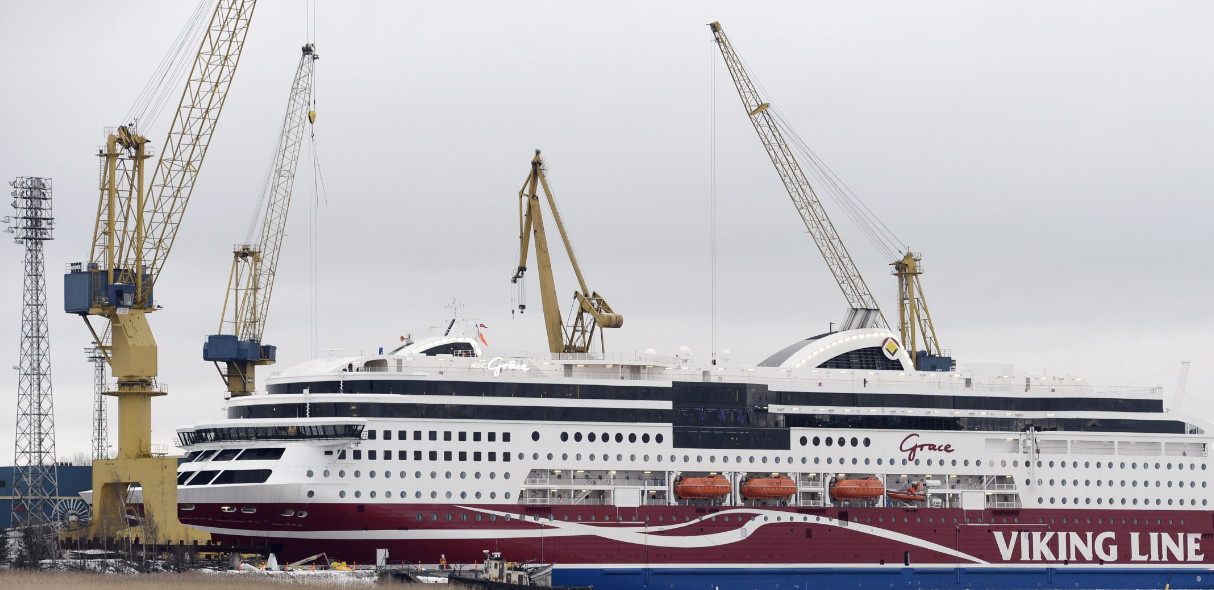Finnish company to launch wind-propelled cruise ship

Viking Line’s flagship cruise liner Grace has received an upgrade this week. On Tuesday ship workers in Turku installed a mechanical rotor sail on the vessel that is expected to significantly conserve fuel and reduce carbon emissions.
According to the Åland-based cruise firm, Grace will be the first passenger liner in the world to use the rotor sail technology. The rotor sail is developed by Finnish firm Norsepower and is expected to reduce Grace’s carbon emissions by up to 900 tonnes per year.
Compared to many other cruise ships that run on diesel around the world, Grace — fuelled with liquid natural gas (LNG ) — is already relatively environmentally-friendly. The vessel has traversed its island-dotted routes through the archipelago between Turku and Stockholm, Sweden since 2013.
The principles behind the rotor sail technology itself is not new and actually about a century old, but the company said the need for more environmentally friendly power options has brought it back into use.
“This is a great day for us. As an Åland shipping company, we rely on the sea for our livelihood so it’s of prime importance for us to promote the well-being of the marine sea. We want to pioneer the use of solutions that reduce the environmental load,” Viking Line CEO Jan Hanses stated in a company announcement.
How does it work?
The extra power that the 24 meter-tall and four meter in diameter rotor sail provides is a result of a physics phenomenon known as the Magnus effect.
When the rotor spins, passing air flows at a lower pressure on one side than the opposite side, Viking Line explained in a press release on Wednesday.
“The propulsion force created by this pressure difference will drive the vessel forward. The rotor sail operation is automated and the system will shut down in response to any disadvantageous changes in the direction or force of the wind,” the company elaborated.
Norsepower has been developing its rotor sail tech for the past five years and Viking Line said that it plans to use more of its rotors on its next passenger ferry which is currently being built in China. The yet-to-be-named ship will be equipped with two of Norsepower rotor sails and is expected to be operational sometime in 2020.
Related stories from around the North:
Canada: Nunavut gears up for increase in Arctic tourism, Radio Canada International
Finland: Helsinki, Finland set to become world’s busiest sea passenger port, YLE News
France: A cruise ship bound for the North Pole, The Independent Barents Observer
Iceland Environmental groups call on Arctic cruise industry to reduce pollution in Iceland, Eye on the Arctic
Norway: Can Barents region become a superhub on China’s Arctic Silk Road?, The Independent Barents Observer
Russia: Russia to develop unmanned ships for the Arctic, The Independent Barents Observer
United States: Alaska’s cruise industry just keeps getting bigger, Alaska Dispatch News



